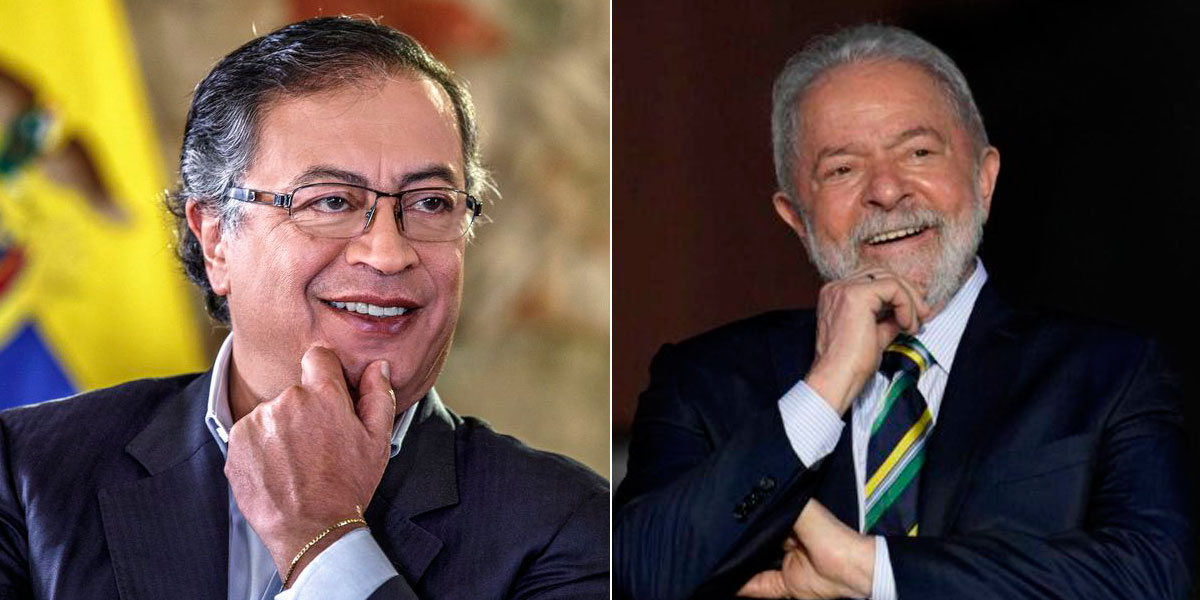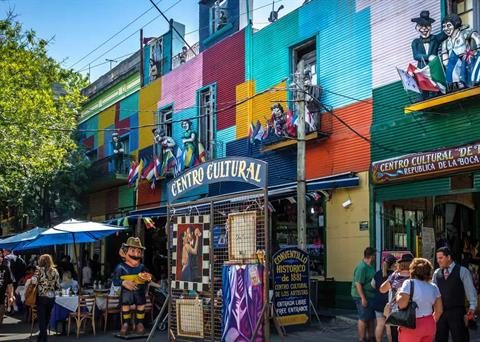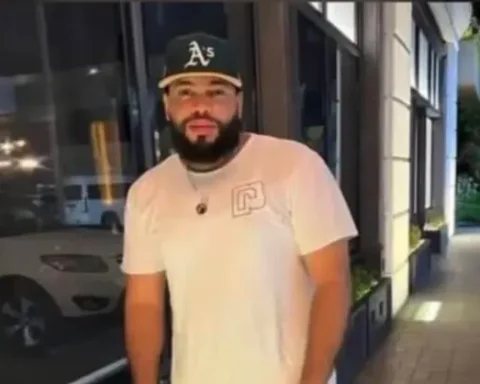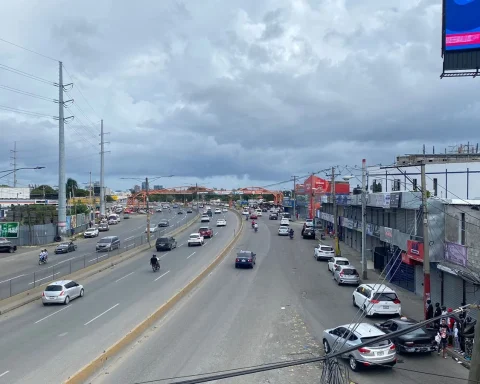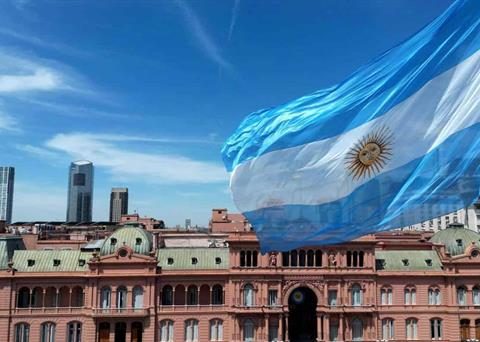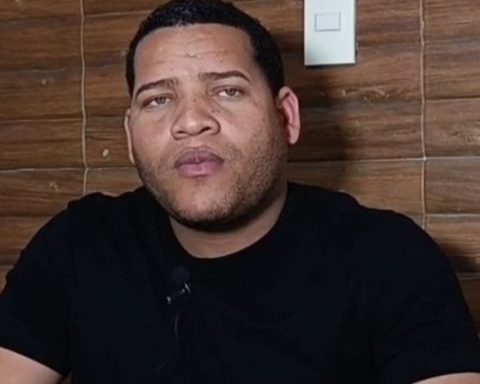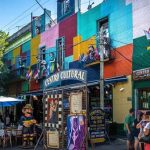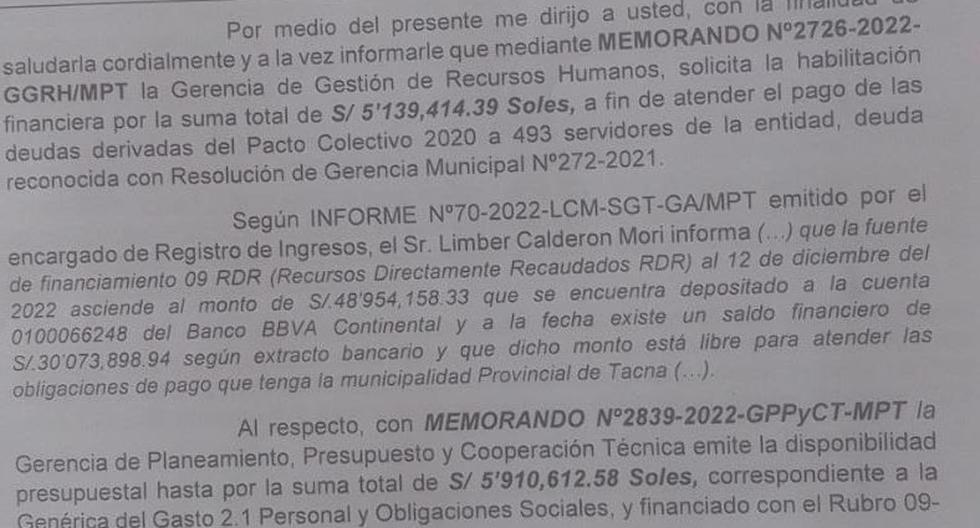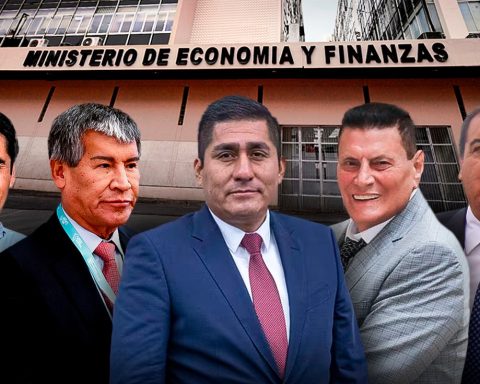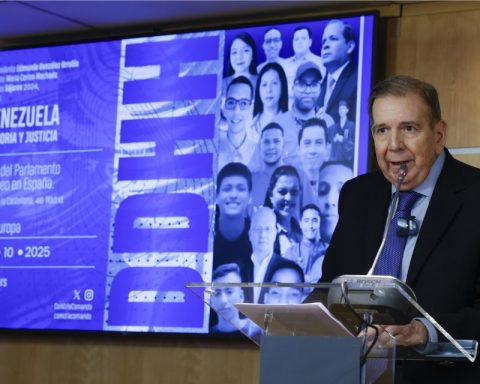Petro and Lula scored clear victories; the discordant note was put by Peru
Bogota.- Latin America reaffirmed its turn to the left in 2022, leaving behind the ghost of Venezuela, hand in hand with the victories of Gustavo Petro in Colombia and Luiz Inácio Lula da Silva in Brazil, two heavyweights that, however, do not guarantee an understanding monolithic for the future of the region.
For the first time, the regional powers are governed by leaders linked to progressivism, but political, social and economic challenges make coordinated integration difficult, with diverse realities in a context far from the bonanza of the beginning of the century.
“Obviously there has been a turn to the left, but you have to think about the causes,” Eric Langer, a Latin American scholar from Georgetown University, told EFE, who believes that this “has to do with the incompetence of previous governments.”
There is a fed up, a rupture, and although in cases like Colombia “the peace process has made it possible for Gustavo Petro to be president”, the truth is that “the left has been vaccinated against the example of Venezuela, which the center-right had always led to the table to try to scare the electorate”, he adds.
Colombia and Brazil, the recent
On August 7, Petro became the first Colombian president of the left, although with a much calmer and more pragmatic speech than when he was a member of the M-19 guerrilla group as a young man.
In its international dimension, Petro appears as the great agglutinator of Latin America, with flags such as the fight against the climate emergency, the defense of the Amazon and a new focus on the fight against drug trafficking, ideals that are in tune with other similar governments, such as the who will soon take over in Brazil.
Aware that he could not govern without the right, Petro has met with some of his main detractors and has forged a coalition where different visions have a place, in line with the political praxis of his friend Luiz Inácio Lula da Silva.
The new Brazilian president will take office on January 1 after a narrow victory over the extreme right of Jair Bolsonaro, for which he forged a diverse political front with a dozen parties from the left, center and even right.
This will force Lula to accommodate antagonistic groups in the government and will impose temperance both economically and politically, in line with the trend among most of the new rulers of the Latin American left: the search for consensus and moderation.
“With the lack of growth in Latin America, it has been shown that right-wing governments have not worked and most countries have elected leaders from a more measured, more restrained left,” explains Langer.
Peru or the challenge of reconstruction
The discordant note in this tune is Peru. The coming to power of Pedro Castillo in July 2021 gave access to a traditionally forgotten social sector in the centralist Lima. But in a year and a half of his mandate, there has been a constant confrontation with Congress, the scene of the reaction against a president rejected, in part, because of his origin.
“This demonstrates the total poverty of the political parties in Peru,” considers Eric Langer, who also mentions Castillo’s lack of leadership, with constant changes in his cabinet and corruption cases investigated by the prosecutor’s office.
Everything has been clouded even more with the failed self-coup that has landed him in prison. In her replacement, the lawyer Dina Boluarte has taken office as the first Peruvian president in history, but the movement that brought Castillo to power now faces the difficult challenge of reconstruction.
The “lack of legitimacy” that has affected the entire Peruvian political spectrum for decades could also drag down Boluarte, “who has no political support,” estimates the Latin Americanist.
The rural social movements that are the base of the Castillista vote, inflamed after more than twenty deaths in the protests, demand in the streets a constituent assembly and denounce the prevailing recalcitrant conservatism, which has blocked in Congress the decriminalization of abortion in case of rape or progress in LGTBI+ rights, among other issues.
The Latin American left, symbolized by Gustavo Petro, the Mexican Andrés Manuel López Obrador, the Bolivian Luis Arce and the Argentine Alberto Fernández, refuses to recognize Boluarte as president and continues to show its support for Pedro Castillo.
Boric, the bulwark of the new left
Fighting in student struggles, with strong environmental, feminist and regionalist convictions, and supported by social movements, the Chilean Gabriel Boric came to power with the aspiration of banishing the neoliberal model inherited from the dictatorship.
The young president defeated the far-right candidate José Antonio Kast, moderating his speech to convince the electorate of the center and drive away the fear generated by his alliance with the communists. His election was interpreted by many experts as the irruption of a new Latin American left, far from Bolivarianism, as he has shown by categorically condemning the regimes in Venezuela and Nicaragua.
The pioneers
Colombia, Brazil and Chile have joined Mexico, Argentina and Bolivia in this second wave of the Latin American left.
Andrés Manuel López Obrador has displayed modest leadership on various occasions, the last of which was in November, with the projected summit of the Pacific Alliance, which he hosted, but which he decided to cancel in solidarity with Pedro Castillo, whom the Peruvian Congress did not give permission to travel. Despite everything, the presidents of Chile and Colombia (the other partners of the Alliance) met with his colleague in the Mexican capital.
This convening capacity makes visible “an alleged leadership that does not really exist”, in the opinion of Jorge Márquez, professor of political history and globalization at the National Autonomous University of Mexico (UNAM), for whom “the Latin American left is not unified nor is it homogeneous”.
In Argentina, the situation of the ruling left has peculiar characteristics. Alberto Fernández came to power in December 2019 as head of the Frente de Todos after forming a duo with Cristina Fernández de Kirchner, the all-powerful vice president.
Fernández and “Kirchnerism”, currently openly at odds, face next year’s presidential elections in a complicated situation, especially after Vice President Cristina Fernández’s conviction for corruption to six years in prison and disqualification from holding public office. The fact that the sentence is appealable allows her to stand in the elections, although for the moment he has said that she will not.
